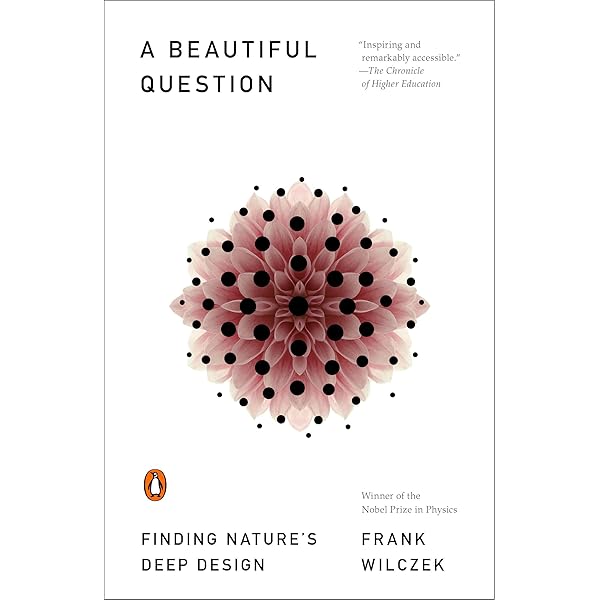
Throughout the seventeenth century, the evolution of natural philosophy into the physics we now recognize necessitated the acquisition and refinement of a new mathematical toolkit. This era marked the movement beyond the limitations of Euclidian geometry towards a wide-ranging and diverse array of mathematical disciplines that established the foundations for contemporary scientific inquiry.
In medieval academia, the Quadrivium—which encompassed arithmetic, geometry, music, and astronomy—was frequently taught in a superficial manner, with mathematics occupying a minor position in the educational framework. Over the centuries, particularly in the sixteenth century, mathematics began to rise as a more significant area of study, laying the groundwork for future scientific breakthroughs.
Algebra, initially focused on the theory of equations, has a profound history tracing back to ancient cultures such as Mesopotamia, Egypt, India, and China. The Islamic scholar Al-Khwārizmī’s contributions in the ninth century had a considerable impact on the algebraic knowledge that reached Europe. Algebra transitioned from commercial arithmetic to a well-defined branch of mathematics through the efforts of scholars like Leonardo Pisano and Gerolamo Cardano, with the latter’s “Ars Magna” establishing essential foundations.
Concurrently, trigonometry saw considerable advancement. Initially founded on the work of Hipparchus and Ptolemaeus in antiquity, trigonometry in Europe gained traction during the fifteenth century through figures like Regiomontanus and was further solidified by the endeavors of Napier and Briggs, who introduced logarithms and broadened their applications, including their use with trigonometric functions.
The groundbreaking advancement of analytical geometry by René Descartes and Pierre de Fermat allowed for the visualization of algebraic equations as geometric shapes. Descartes’ release of “La Géométrie,” alongside Fermat’s contributions, transformed the mathematical landscape and left a lasting impact on future generations of mathematicians.
Another pivotal advancement was calculus, which, although frequently attributed to Newton and Leibniz, had origins that predated their contributions. Scholars such as Archimedes, Kepler, Cavalieri, Torricelli, and Gregory played a role in its development, establishing fundamental principles of integration and differentiation, thus paving the way for calculus to become an indispensable instrument in physics and other fields.
By the conclusion of the seventeenth century, the growth of mathematics within the scientific realm provided scholars with potent new instruments. This empowered them not only to establish and articulate intricate theories with mathematical accuracy but also to reinforce the incorporation of mathematical reasoning within the natural sciences. In spite of this advancement, Newton’s monumental work, “Philosophiæ Naturalis Principia Mathematica,” remained grounded in Euclidian geometry, illustrating the ongoing shift from conventional practices to a scientifically enriched mathematical approach.